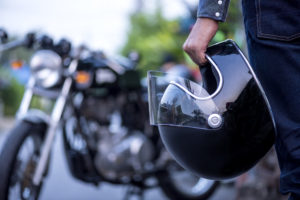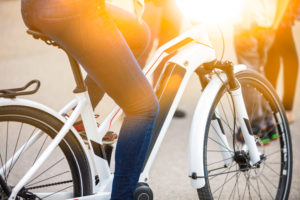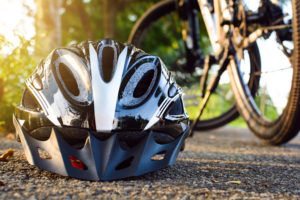Just shy of one month after lightning awareness week (June 19 – 25), two Boy Scouts, both 12, were struck by lightning on July 13th while attending a Scout camp at Scofield Reservoir in central Utah. One was killed and one was knocked unconscious by the strike. The pair were at the back of a group returning to the camp for shelter when a passing thunderstorm produced the lightning. The incident serves as a sober reminder to be vigilant when storms are in your area.
The National Weather Service (NWS) highlights its lightning safety efforts with the slogan "When Thunder Roars, Go Indoors!" Good advice since 13 people have died from lightning strikes so far this year and hundreds of others have been and will be injured.
The NWS highlights that there is no safe place outside when a lightning producing storm is in the area, and that the only wise course of action is to get to a safe location. The NWS breaks down locations into two categories.
Structures are either safe buildings or unsafe buildings. Safe buildings are fully enclosed by walls and a roof and have power and plumbing. Obviously, if a safe building is an option, pick it. Unsafe buildings are open structures such as open garages, carports, park shelters, sheds, covered patios, etc. Safe vehicles are hard-topped metal vehicles, while unsafe vehicles are convertibles, boats without cabs or cabins, heavy equipment with open sides and golf carts.
If you can reach a safe building, stay away from plumbing, windows and anything plugged into a electrical outlet. If you absolutely cannot reach a safe building, try to get to a safe vehicle. If you can get to a safe vehicle, stay in or go to a safe parking area and don’t use electronic devices while in the vehicle. If you are in a safe location, do not leave it until 30 minutes after you hear the last clap of thunder.
If you simply cannot reach a safe location, some ways to slightly reduce your risk are:
- If you are outside, stay away from open areas and higher locations such as ridges and hilltops, isolated trees or other tall objects, and water or anything wet or metal.
- If you are on a bike or motorcycle, find the safest spot you can and stay put until 30 minutes after the last thunder clap.
- If you are on the water in a boat with a cabin, get inside the cabin and stay away from metal and electrical devices. Only use the radio if it is an emergency. If you are on a small boat with no cabin, get as low as possible in the boat after you drop anchor.
- If you are scuba diving and cannot access a safe location, dive as deep as you can safely and wait out the storm.
Again, there is no safe place outside. Guard against being caught in a dangerous situation by paying careful attention to weather forecasts before and during outdoor activities, and plan an exit strategy to a safe location if lightning producing weather develops.

Bret Hanna of Wrona DuBois in Utah, focuses exclusively on litigating plaintiffs’ medical malpractice and catastrophic personal injury cases. He has represented clients in state and federal courts, in mediations, and in administrative proceedings in Michigan and Utah since 1991.











One Comment
Channery
Comments for this article are closed.